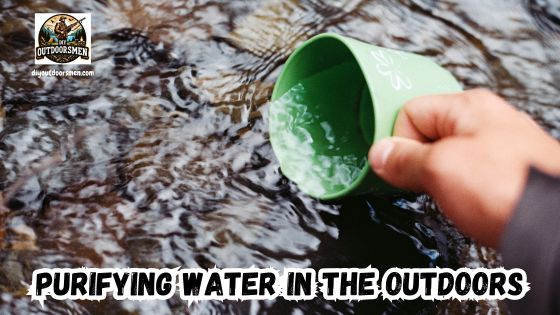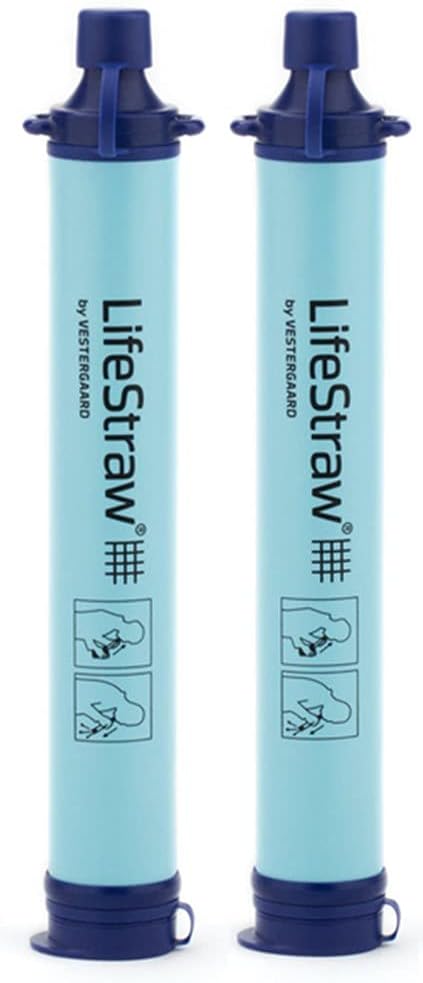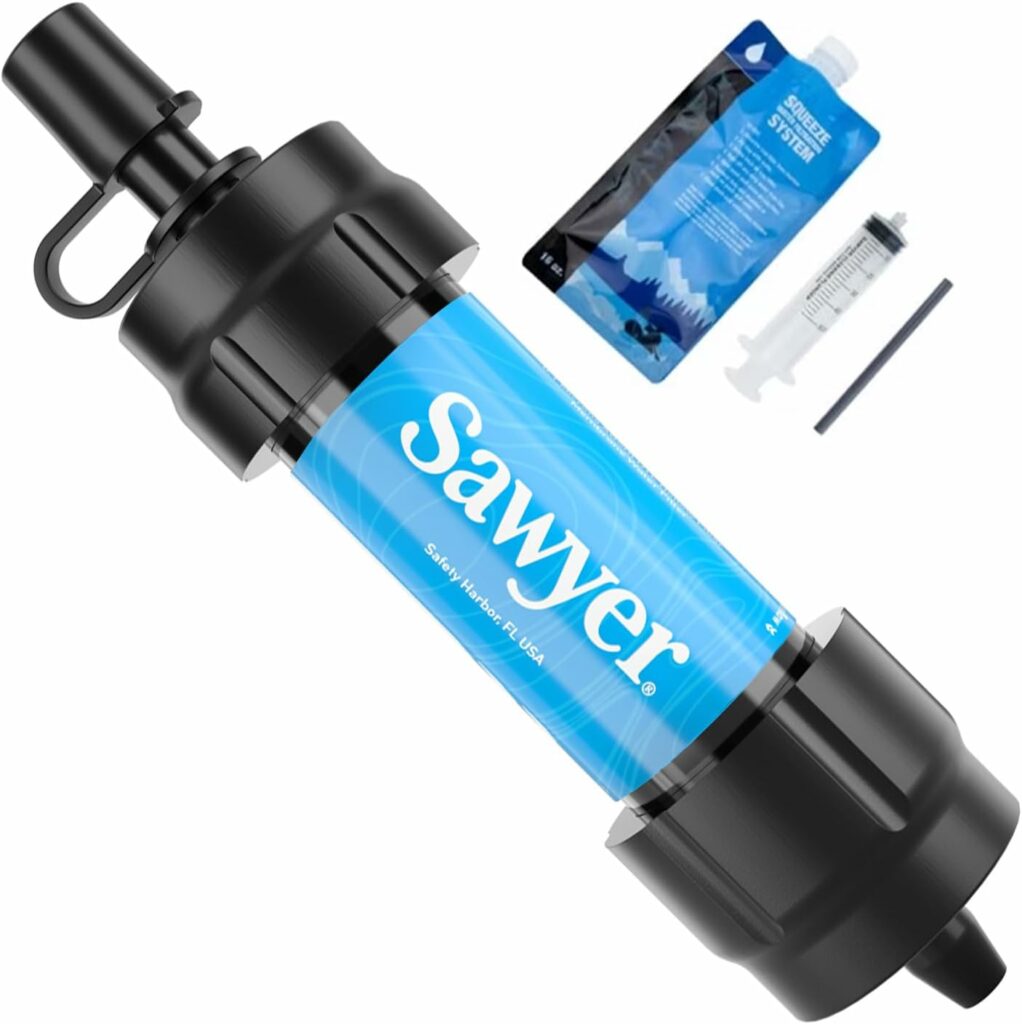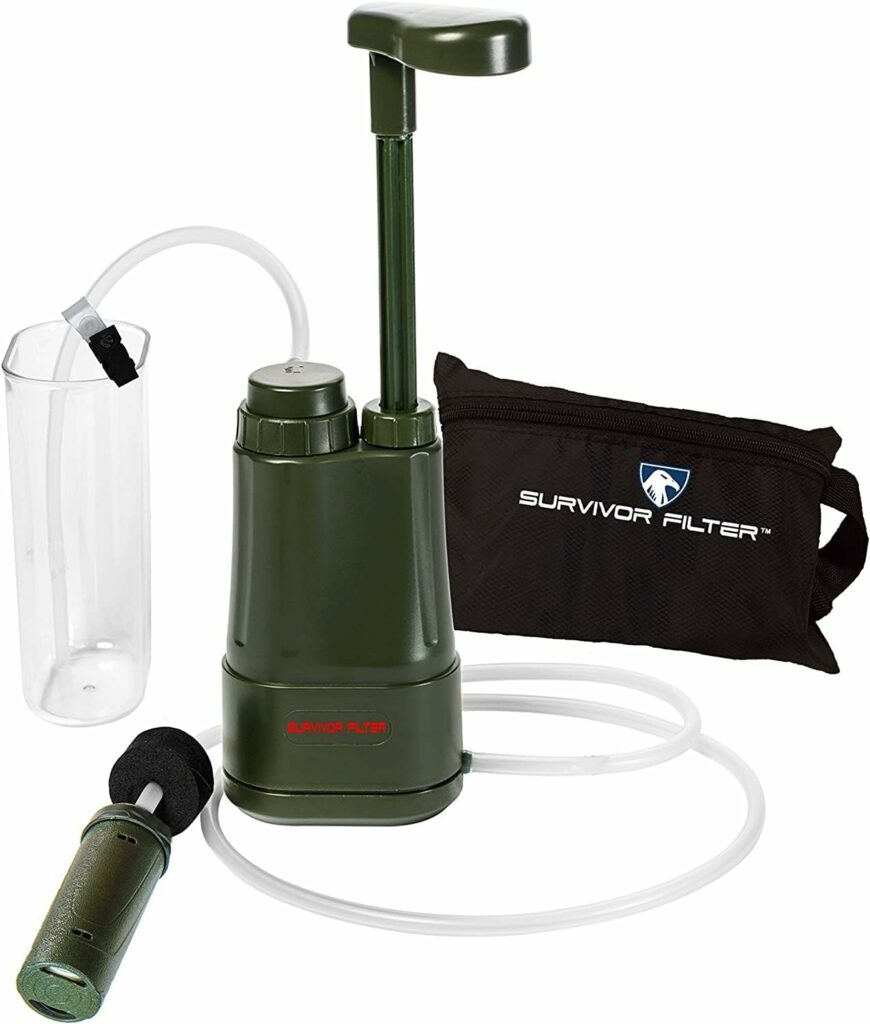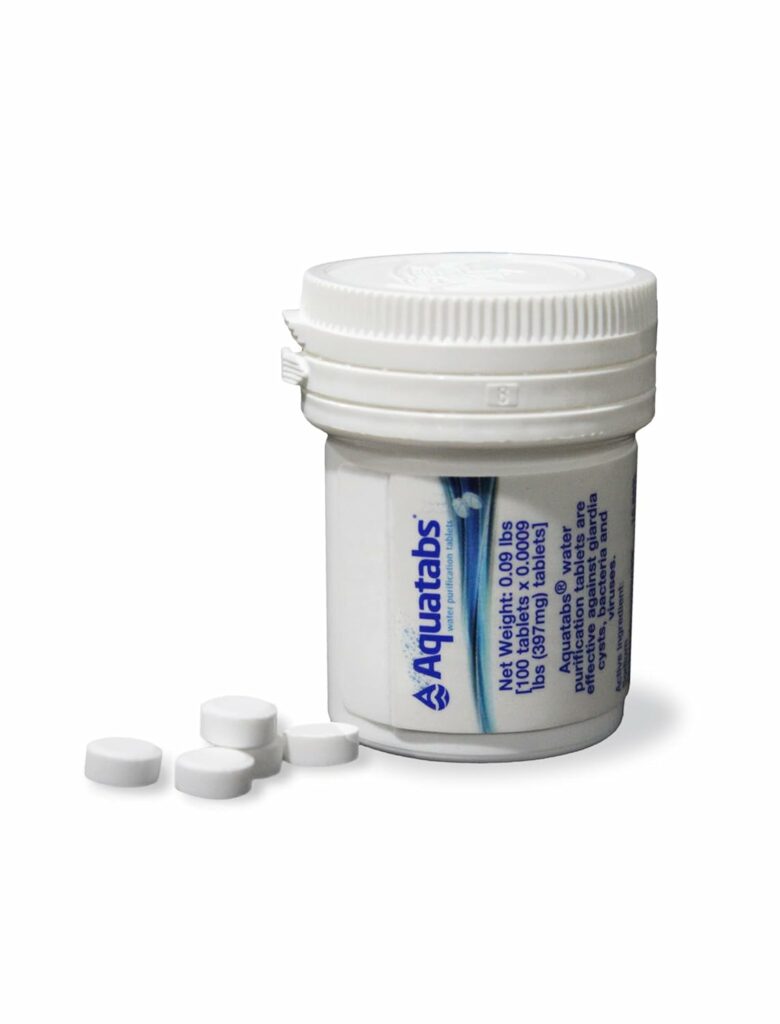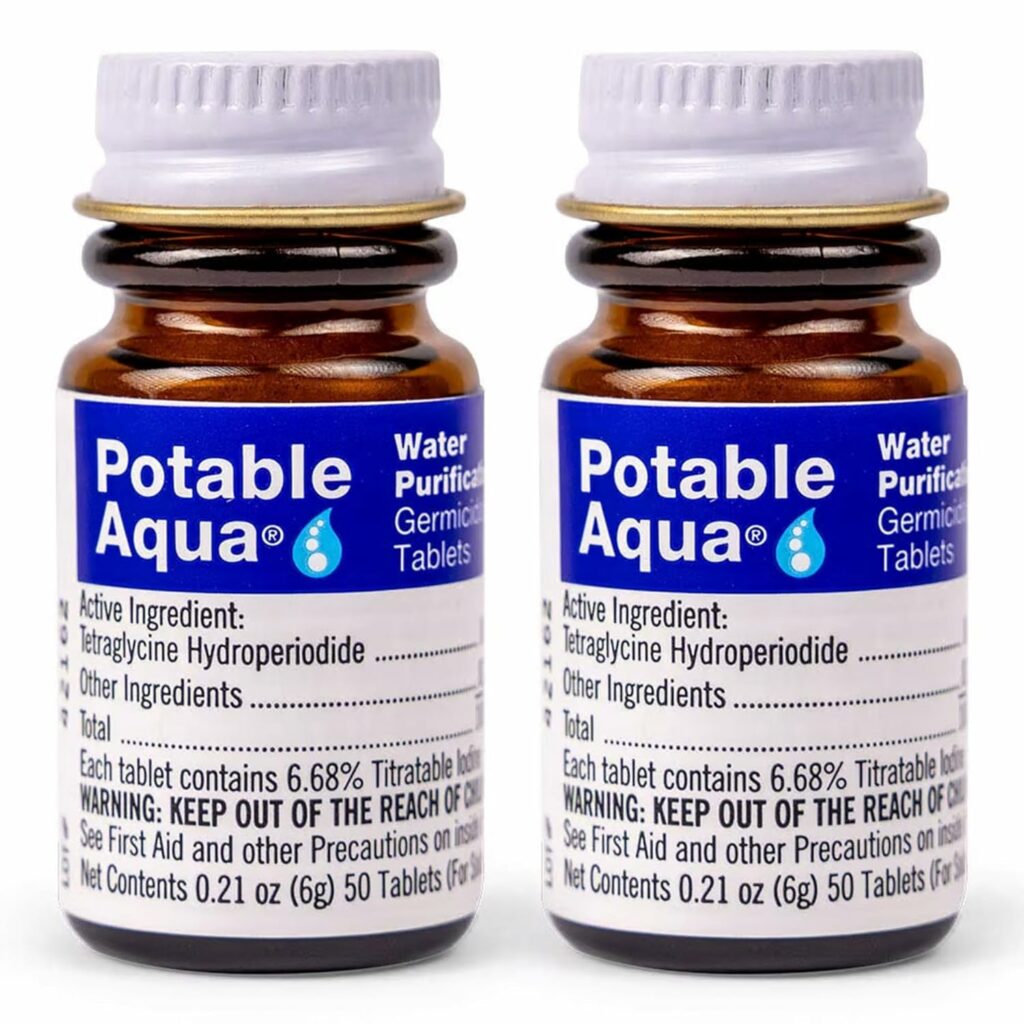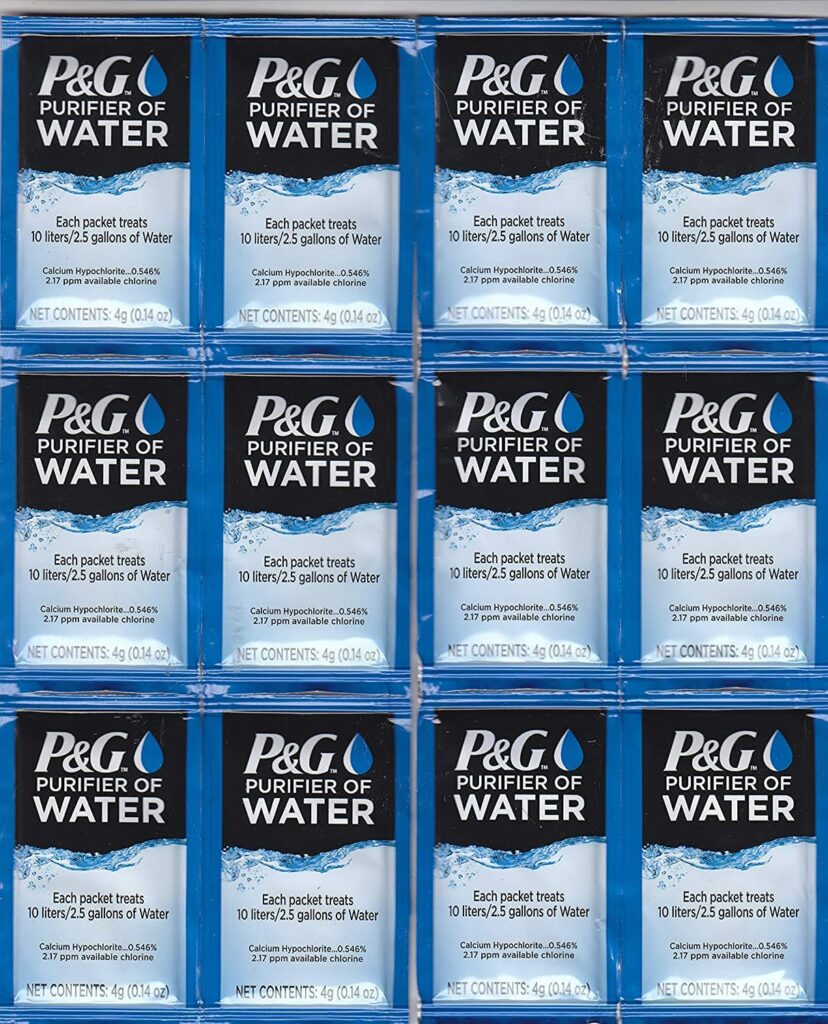Contents
- 1 Getting Started with Purifying Water Outdoors
- 2 Boiling Water as a Reliable Method
- 3 Water Filtration: Methods and Variations
- 4 Chemical Treatments for Water Purification
- 5 Solar Water Disinfection (SODIS) and Outdoor Settings
- 6 Tips for Successful Outdoor Water Purification
- 7 Essential Equipment for Effective Water Purification
- 8 Layering Purification Methods for Extra Safety
- 9 Frequently Asked Questions
- 10 Final Thoughts on Purifying Water Outdoors
- 11 Advanced Considerations and Additional Tips for Outdoor Water Purification
Purifying water in the outdoors is a skill that has grown in importance for me over the years. I have spent many days hiking, camping, and exploring remote areas, and I’ve learned that having safe drinking water can make all the difference.
QUICK LOOK: Water Purification in the Outdoors
- Boiling Water: Boiling works by using heat to kill microorganisms like bacteria and viruses. When water reaches a full, rolling boil, it is generally safe from harmful pathogens.
- Water Filters: Filters work by physically removing particles, bacteria, and protozoa from the water. They are both effective and easy to use.
- Chemical Treatments: Using chemicals like chlorine, iodine, or silver compounds helps eliminate harmful microorganisms in water. I find that these treatments are particularly useful when boiling or filtering is not practical.
- Solar Treatment Systems: The process involves filling clean, transparent plastic bottles with water and placing them in direct sunlight for several hours. In warm climates, I usually leave the bottles out for about six hours, ensuring that the UV rays and heat are sufficient to neutralize bacteria and viruses.
- Layering of Methods: If the water is heavily contaminated, featuring both visible debris and harmful microorganisms, use multiple purification techniques. Starting with a preliminary filter to remove large particles and sediment. After the water is clear, follow up with boiling or chemical treatment to really make sure it is safe.
In this article, I share my personal experience and tips on how to purify water when you are away from modern amenities. I cover several methods so you can choose the best one for your situation.
Getting Started with Purifying Water Outdoors
When you are outside in natural settings, water sources may seem plentiful but can carry harmful organisms and contaminants. I know that even clear water might hide bacteria, viruses, or parasites that can cause illness. Knowing how to purify water helps ensure that you remain safe and healthy throughout your adventures.
Over the years, I have come to rely on a few key methods to make water safe to drink. These methods include boiling, water filtration, chemical treatment, and solar water disinfection (SODIS). Each method has its advantages, limitations, and proper steps to follow. In this article, I explain each approach clearly so you can decide which one works best for you.
Boiling Water as a Reliable Method
I have used boiling water on many trips, and it remains one of the simplest ways to purify water. Boiling works by using heat to kill microorganisms like bacteria and viruses. When water reaches a full, rolling boil, it is generally safe from harmful pathogens.
The process is straightforward. I begin by filtering out any visible debris or sediment, since only clear water should be boiled for the best results. Next, I bring the water to a rolling boil until it has been boiling for at least one minute. If you are at a higher altitude, I ensure that the boil continues for three minutes to account for the lower boiling point of water.
Although boiling uses simple equipment, I always carry a lightweight pot or metal container. This method is particularly helpful when I lack other purification tools during an unexpected stay in the wilderness.
Water Filtration: Methods and Variations
Water filtration has become one of my favorite methods for purifying water in the outdoors. Filters work by physically removing particles, bacteria, and protozoa from the water. They are both effective and easy to use. There are several types of water filtration devices available, and I have found that each has unique features suited to different scenarios.
Portable Filters: For many of my trips, I carry a pump filter. This device draws water through several filter stages, removing particles and many harmful organisms. The pump filter is reliable and does not require batteries, making it ideal for remote environments.
Straw-Style Filters: I have also used compact straw filters like LifeStraws. These filters allow me to drink directly from a water source. Their design is lightweight and ideal for quick sips when I am on the move.
DIY Filters: For a more hands-on approach, I sometimes build a simple filter using layers of sand, gravel, and activated charcoal wrapped in a piece of cloth or an old t-shirt. While DIY filters are not as effective as commercial products when used alone, they can serve as a preliminary step to clear heavy sediment from murky water. Following this filtering step with another purification method is highly recommended.
Choosing the right water filter depends on several factors. I consider the water source, the expected level of contamination, and the duration of the trip. Always remember to follow the manufacturer’s instructions for proper cleaning and maintenance to keep the filter working efficiently.
Chemical Treatments for Water Purification
Chemical treatments are an alternative method I trust when speed and portability are needed. Using chemicals like chlorine, iodine, or silver compounds helps eliminate harmful microorganisms in water. I find that these treatments are particularly useful when boiling or filtering is not practical.
Chlorine Tablets: One popular form of chemical treatment is chlorine tablets. I dissolve a tablet in the water and wait for the recommended duration before using it. The tablet works by releasing chlorine into the water, and I follow the product instructions closely to ensure the water is safe to drink.
Iodine and Other Chemicals: Apart from chlorine, iodine tablets provide a strong option. There are also liquid solutions available that contain iodine or silver. My experience has shown that iodine has a distinct taste, but it is effective at killing bacteria and viruses. As with chlorine, it is important to use the proper dosage and wait the correct amount of time before consuming the water.
It is advisable for me to have a mix of chemical treatments in my kit. Chemical methods are especially useful in emergency situations or where minimal equipment is available. However, I always consider using a secondary method, such as a filter, if the water has a lot of visible debris. This layered approach further gives a boost to safety.
Solar Water Disinfection (SODIS) and Outdoor Settings
Solar water disinfection, often abbreviated as SODIS, is an innovative method that uses sunlight to deactivate harmful organisms in water. I appreciate this technique because it requires minimal resources; all you need is clear plastic bottles and plenty of sunshine.
The process involves filling clean, transparent plastic bottles with water and placing them in direct sunlight for several hours. In warm climates, I usually leave the bottles out for about six hours, ensuring that the UV rays and heat are sufficient to neutralize bacteria and viruses. In cooler or overcast conditions, I increase the exposure time to maximize the disinfecting effect.
SODIS is ideal for regions with strong, consistent sunlight and when other purification methods are impractical due to lack of supplies or equipment. I carefully assess the clarity of the water before using SODIS, as cloudy water can reduce the effectiveness of this method. When combined with other purification techniques, SODIS can be part of a reliable multi-treatment strategy.
Tips for Successful Outdoor Water Purification
Based on my experiences, I have learned a few very important considerations when purifying water outdoors. I find that following these practical tips can help ensure that I always have safe drinking water during my adventures.
- Assess the Water Source: I always examine the water for signs of contamination. Water from fast-moving streams is generally safer compared to still ponds, but all water should be purified regardless of how it appears.
- Plan for Maintenance: Whether I am carrying a filter or chemical treatments, I make sure to check and maintain the equipment frequently. A clean filter, for example, performs much better and lasts longer.
- Adhere to Proper Procedures: For boiling, I ensure that the water reaches a full boil and is maintained for the necessary time. For chemical treatment, I follow the manufacturer’s guidelines meticulously.
- Use Multiple Methods When Needed: In some cases, I combine methods. For example, I might filter water first to remove sediment, then follow up with chemical treatment to add an extra layer of safety.
- Store Chemicals Properly: I keep chemical purifiers in cool, dry places and follow storage precautions to maintain their effectiveness.
- Account for Altitude: When I am at higher altitudes, boiling water takes longer. I adjust my timing accordingly to ensure that the procedure is effective.
These tips have served me well over many trips. Being well prepared not only improves safety but also steps up my overall enjoyment of outdoor activities.
Essential Equipment for Effective Water Purification
Having the right tools has been key for me when it comes to purifying water in the outdoors. I try to pack equipment that is versatile, lightweight, and easy to carry. A well-stocked water purification kit typically includes at least one method from each category so that I have backup options available when needed.
Some of the essential equipment I bring includes:
- A Lightweight Stove or Portable Heater: For boiling water quickly and effectively.
- A Reliable Water Filter: Whether it is a pump filter or a straw filter, having a device that is easy to use and maintain is very important.
- Chemical Treatment Supplies: I always carry a few tablets or a small bottle of liquid iodine or chlorine. This chemical backup is useful when no other purification method is feasible.
- Clear Plastic Bottles: Essential for using the SODIS method. I prefer bottles that are free from scratches and completely transparent to ensure maximum sunlight penetration.
Before each trip, I review my kit to make sure everything is in good working order. A broken filter or expired chemical can cause a serious health issue when I am far from help. Thus, regular maintenance of my purification supplies is a practice I consistently follow.
Layering Purification Methods for Extra Safety
Sometimes, the water I encounter is heavily contaminated, featuring both visible debris and harmful microorganisms. In these situations, I use multiple purification techniques. Starting with a preliminary filter helps remove large particles and sediment. After the water is clear, I typically follow up with boiling or chemical treatment to really make sure it is safe.
I have also seen the benefit of using chemical treatments as an additional step after both filtering and boiling. This layered approach can give extra confidence when drinking water from uncertain sources. By combining methods, I ensure that each technique compensates for any limitations in another.
This strategy is especially useful in extreme or uncertain conditions. When traveling in areas where the water quality is unknown, I make it a rule to layer methods rather than relying on a single purification process.
Frequently Asked Questions
Below are some questions I often receive about outdoor water purification along with answers based on my own experiences:
What is the simplest way to make water safe in the wild?
For me, boiling is the simplest method. It requires only a heat source and a container. I just need to ensure the water comes to a rolling boil for the required time, depending on altitude.
Can I rely on water filters alone for purification?
I usually recommend starting with a filter to remove sediment and large particles. However, filters alone might not eliminate all harmful pathogens. Combining filtering with boiling or chemical treatments is a more secure approach
Are chemical treatments safe for regular use?
In my experience, chemical treatments are safe if you follow the manufacturer’s directions regarding dosage and waiting time. It is important to remember that these chemicals are meant to be used as part of a broader purification strategy, particularly in emergency situations.
How does solar water disinfection compare to other methods?
I find SODIS to be a good option in sunny conditions. The method is simple and low-cost but works best with clear water and strong sunlight. It usually takes several hours to be effective.
Final Thoughts on Purifying Water Outdoors
Purifying water in outdoor settings is an essential skill that I have come to rely on. It improves safety and offers peace of mind when venturing into nature. I have used boiling, water filters, chemical treatments, and solar water disinfection in various conditions, and each has its role in ensuring safe drinking water. Depending on the situation, I choose one method or combine several to suit the needs of the trip.
Understanding your water source is the first step to determining which purification method to use. I always assess whether the water contains visible sediment or is likely to harbor harmful microorganisms, and then I apply the necessary purification process.
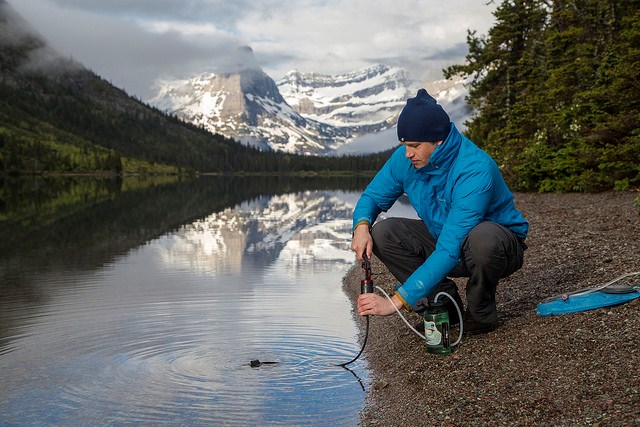
Being prepared involves not only knowing the techniques but also having the right equipment. Regular maintenance and proper storage of both filters and chemicals are practices I never skip. Over time, these habits have helped me avoid many potential issues and have allowed me to confidently enjoy nature without unnecessary worries about waterborne illness.
I encourage you to consider all the methods discussed and evaluate which ones align with your travel and outdoor scenarios. When you are equipped with the proper tips and tools, you can make informed decisions to ensure that the water you drink is safe.
Exploring the outdoors can be immensely rewarding, and having safe drinking water is a foundational part of that adventure. By following the steps and precautions I have outlined, you can enjoy your trips without worry, knowing that your water is purified properly.
Advanced Considerations and Additional Tips for Outdoor Water Purification
As you continue to develop your outdoor skills, there are a few advanced considerations that can really take your water purification practice up a notch. One important aspect is the careful planning of your purification kit before each trip.
Not only should you check the functionality of filters and chemical treatments, but always keep an eye out for any signs of wear or damage to your equipment. Replacing worn-out components in a timely manner can make all the difference when you are in the wilderness.
Another critical factor is understanding the environmental conditions where you will be. Variations in altitude, temperature, and weather can affect how well each purification method works. For instance, boiling water at high altitudes requires a longer duration while solar disinfection may take extra time on an overcast day.
In these moments, always consider having a backup method ready. Over the years, I have learned that mixing methods—such as filtering first before applying a chemical treatment—provides added security. This multi-layered strategy not only boosts safety but also builds confidence when faced with uncertain water quality.
Furthermore, taking the time to research and practice new techniques can be very beneficial. Outdoor enthusiasts often exchange tips on forums and community groups where enthusiasts share experiences about what works best in different regions. Building this network of shared knowledge helps everyone stay sharp and well-prepared.
Finally, always remember that your safety is very important. By taking a comprehensive approach, checking your equipment regularly, and adapting to conditions on the fly, you ensure that your adventures remain enjoyable and hazard-free. These extra measures might seem small at first, but they can truly make a significant impact on your outdoor experience.
Check Out Our Latest Articles:
- 14 Tips And Tactics For Public Land Mule Deer Hunting

- 6 Features of Waterproof Ground Blinds For Wet-condition Elk Hunting

- 4 of the Best DIY Elk Hunting Areas In Colorado

- 8 Tips for Choosing the Best DIY Elk Hunting States

- 5 Hunting Gear Packing List Essentials For DIY Trips

- 7 Tips For Hunting The Elk Migration

As always, stay safe, enjoy the journey and please try to leave it cleaner than you found it. If you have any comments, questions, ideas, or suggestions please leave them in the comment section below and I’ll get back to you ASAP. You can follow us on YouTube: Man Art Creations for videos of our DIY Adventures.
P.S. – Thanks so much for checking out our blog we really appreciate it. Just so you know, we may receive a commission if you click on some of the links that appear on our site. This helps us keep our content free and up-to-date for everyone. We appreciate your support!

